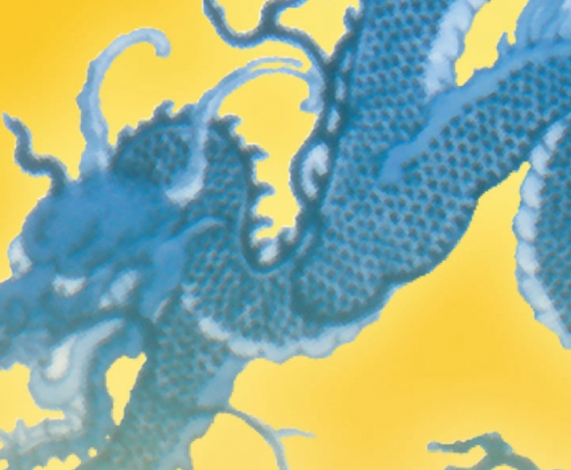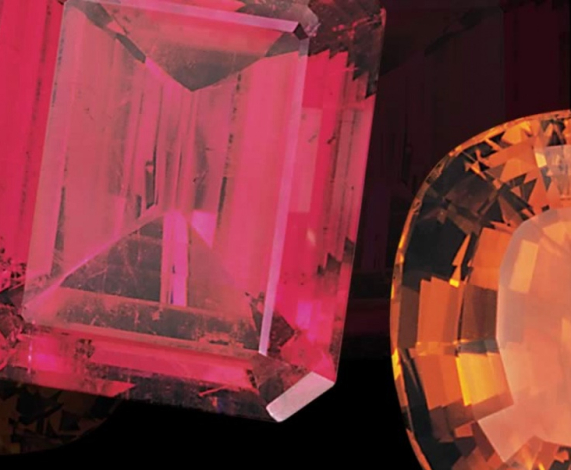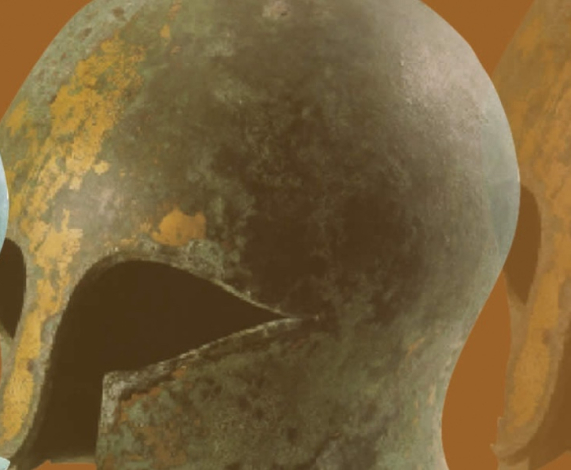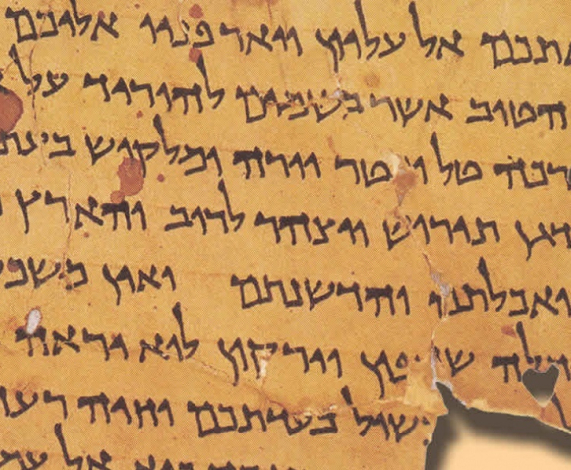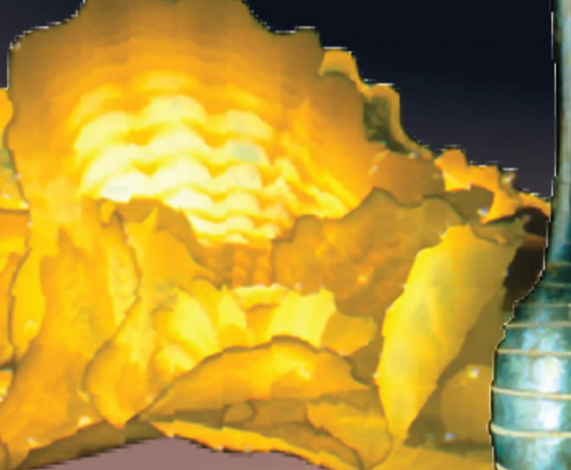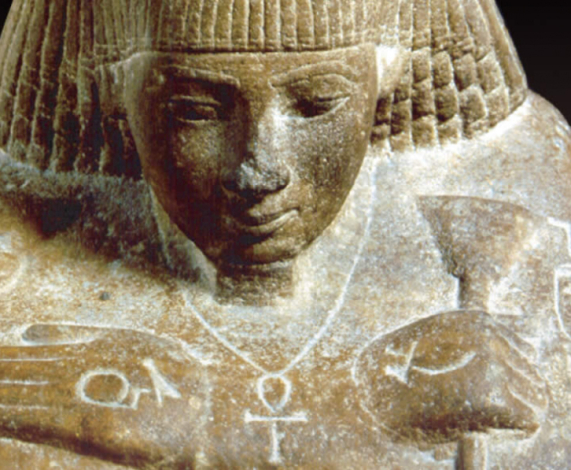Past Exhibitons
The Bowers Museum’s newest partnership with the Royal Geographical Society (with IBG), Everest: Ascent to Glory, combines photographs, films, and artifacts from five expeditions leading up to and including the earliest successful attempt to climb the colossal mountain that the Tibetan people call the “Mother Goddess of the World.”

Now at the centennial of the first reconnaissance expedition to Mount Everest (1921-2021), this holistic exhibition curated by Wade Davis, Lynda Thomas Distinguished Lecturer and the award-winning author of Into the Silence: The Great War, Mallory and the Conquest of Everest, explores the history, resolute characters, unsung heroes – including Tibetan and Nepalese Sherpas – and changing technologies of the initial attempts to climb the tallest mountain on earth.
This exciting exhibition features more than 30 original objects and 60 stunning photographs of Everest’s illustrious history. From climbing rope found with the remains of George Mallory, to one of the first oxygen sets ever employed in high-altitude climbing, the exhibition takes visitors on an epic journey reflective of the true triumphs and tragedies intertwined with Everest. Visitors will become further immersed as they view a 3D model of Everest, on loan courtesy of National Geographic Society, Washington, DC, created by Solid Terrain Modeling, Inc. and sponsored by Edward P. Roski; and the beautifully remastered Epic of Everest (1924) film by John Noel.
Humanity has always sought to expand into new frontiers, pushing boldly where others have feared to or could not go. For Great Britain the early 20th century was marred by the Norwegian Roald Amundsen beating a British expedition to the South Pole and an unspeakable “Great War.” To escape a country that felt unfamiliar to them after the horrors of France’s trenches, the greatest explorers of England set their sights on reaching the summit of Mount Everest. Each expedition built on the lessons and losses of those before it. The first 1921 reconnaissance of the mountain mapped a path to its summit. The introduction of oxygen the following year seemed promising until two fatal expeditions put efforts to climb Everest on ice. The advent of radio in 1933 made communication on the mountain possible for the first time. It was not until 1953 that Tenzing Norgay and Sir Edmund Hillary would crest the mountain’s final dome to see the entire world in panorama.
Everest opens at the Bowers Museum on February 12, 2022 and will be free with General Admission to the Bowers Museum. It is curated by Wade Davis and organized by the Bowers Museum in partnership with the Royal Geographical Society (with IBG), London.

